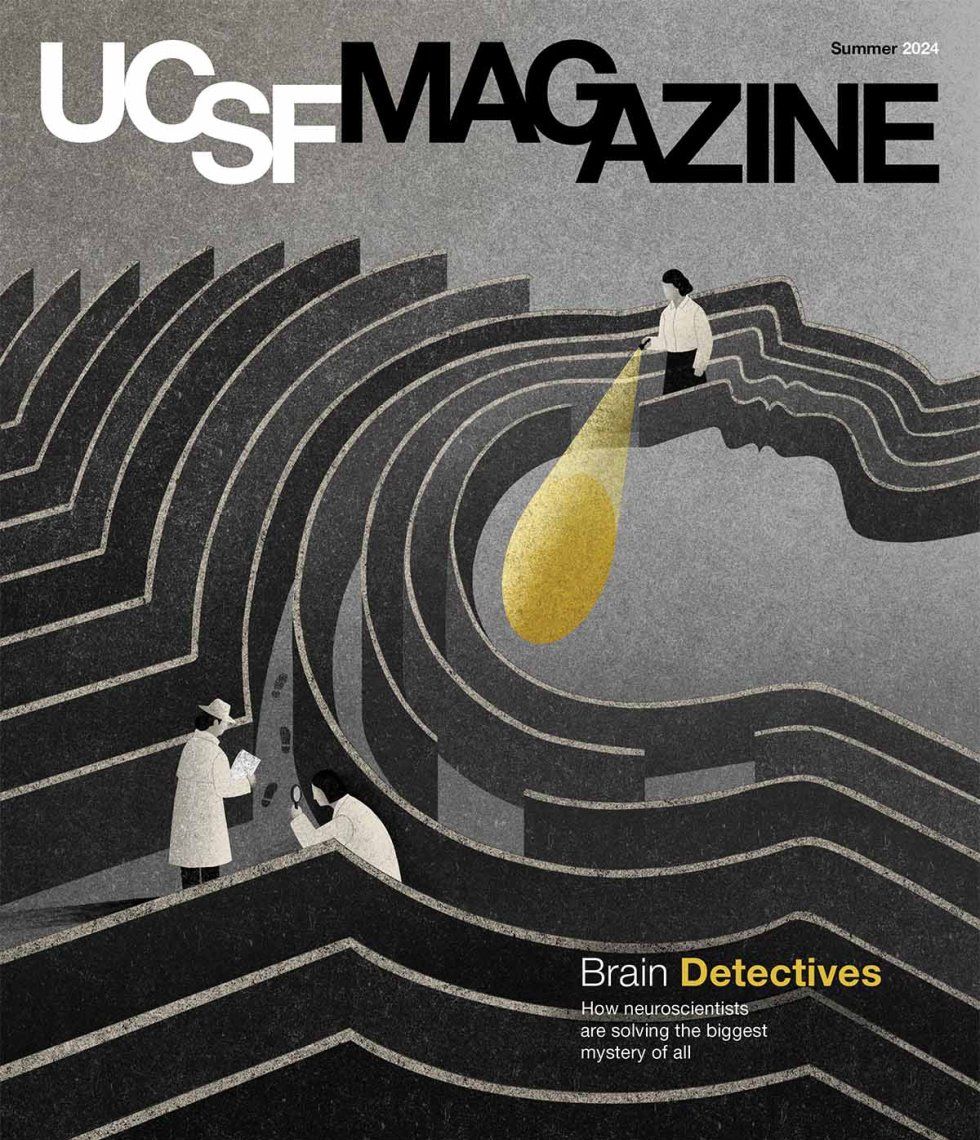
Olympic magic is unfolding in Paris this summer, and I am unapologetically giddy. The Games evoke a worldwide spirit of competition, outsized patriotism, and for me, nostalgia. Every time I watch Olympic track and field events, I relive the extraordinary opportunity I had to represent Trinidad and Tobago in Beijing in 2008.
The opening ceremonies were surreal. The grandness of it all struck me as I walked into the most majestic track and field venue I’d ever seen and heard 90,000 cheering fans. It took my breath away. As the only female long jumper representing my country, I felt a powerful desire to make Trinidad and Tobago proud.
I flashed back to watching my first Olympic track and field events on television when I was 9 and proudly declaring to my family, “Someday, I will bring home gold.” As I was standing in the Beijing stadium, I was no longer pursuing my Olympic dream – I was living it.
I began running track at age 10 and moved to field events in high school – my 5-foot-11-inch frame was well-suited to the long jump and high jump. While perfecting my skills, I sustained injuries multiple times, affecting my knee, ankle, and back. Injuries can take you down or make you stronger. I chose the latter, ultimately winning gold at the World Championships and qualifying for the Olympics.
I worked hard to become an elite athlete while battling recurring injuries. I earned a track scholarship to UCLA, and on one of my frequent visits to the training room, I met a sports medicine doctor who shared his experience as a track athlete. He knew what I was feeling physically and emotionally. That interaction inspired me to work toward one day delivering authentic care to young athletes.
As a pre-med student-athlete, I studied at night and trained several times a day to prepare for the Olympics. I didn’t sleep much. As the Games approached, I was still nursing injuries, and when I arrived on the biggest stage in sports, I wasn’t performing to my fullest potential.
I know from the moment I take off down the runway whether it will be a good jump. Everything stops for a split second as I sail through the air – it feels like flying. I had only three chances to advance to the final round; all three fell short.
It was devastating. I had given everything I had that day despite being limited by my injury. However, it was such a special opportunity just to be there, so I felt like I’d still realized my dream.
The Olympics only come around every four years, and the path to get there is arduous. I knew that despite a yearslong journey to medical school looming, I wanted to try again. I trained for two more years but eventually focused solely on medical school, and I have no regrets. Thanks to my injuries and experiences on the track, I can give my patients a lived perspective, listen empathically, and assure them that better days lie ahead.
My daughter, Semira, was born in March. I’m looking forward to raising a strong female minority, watching the Olympics together, helping her achieve her aspirations, and showing her how to be a boss on the runway.
Rhonda Watkins is an assistant professor of orthopaedic surgery at UCSF and a pediatric sports medicine physician at UCSF Benioff Children’s Hospitals.





